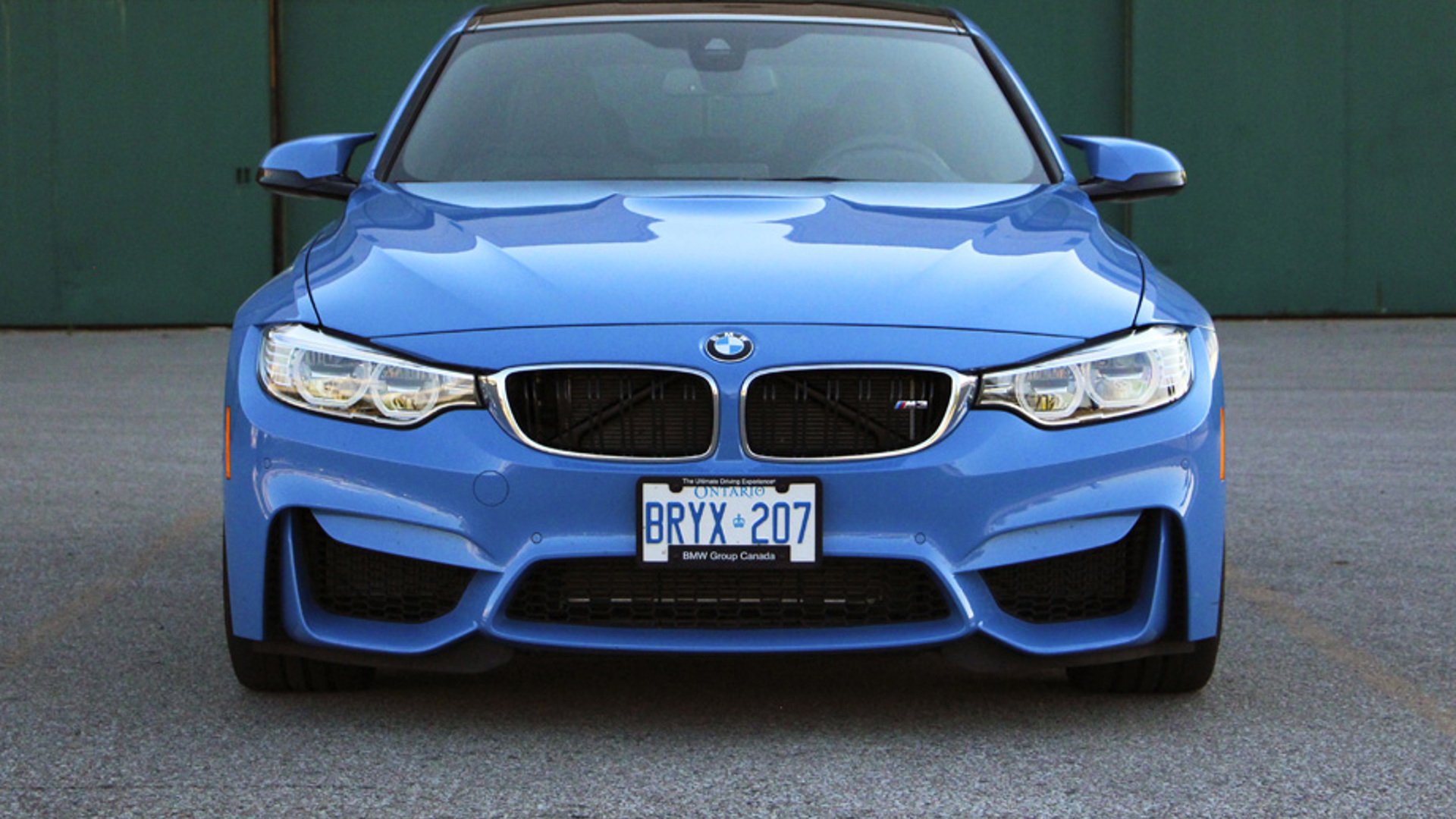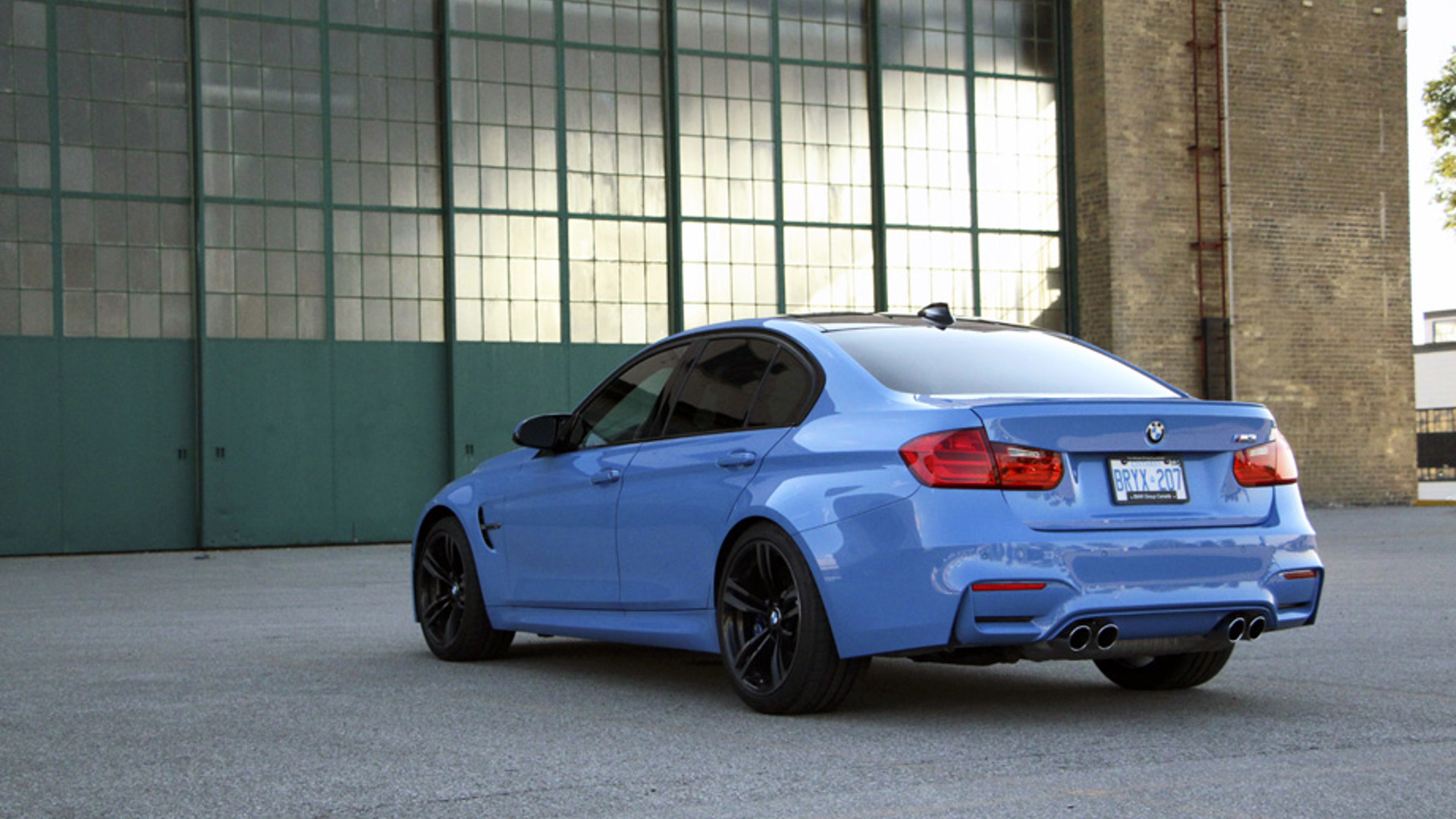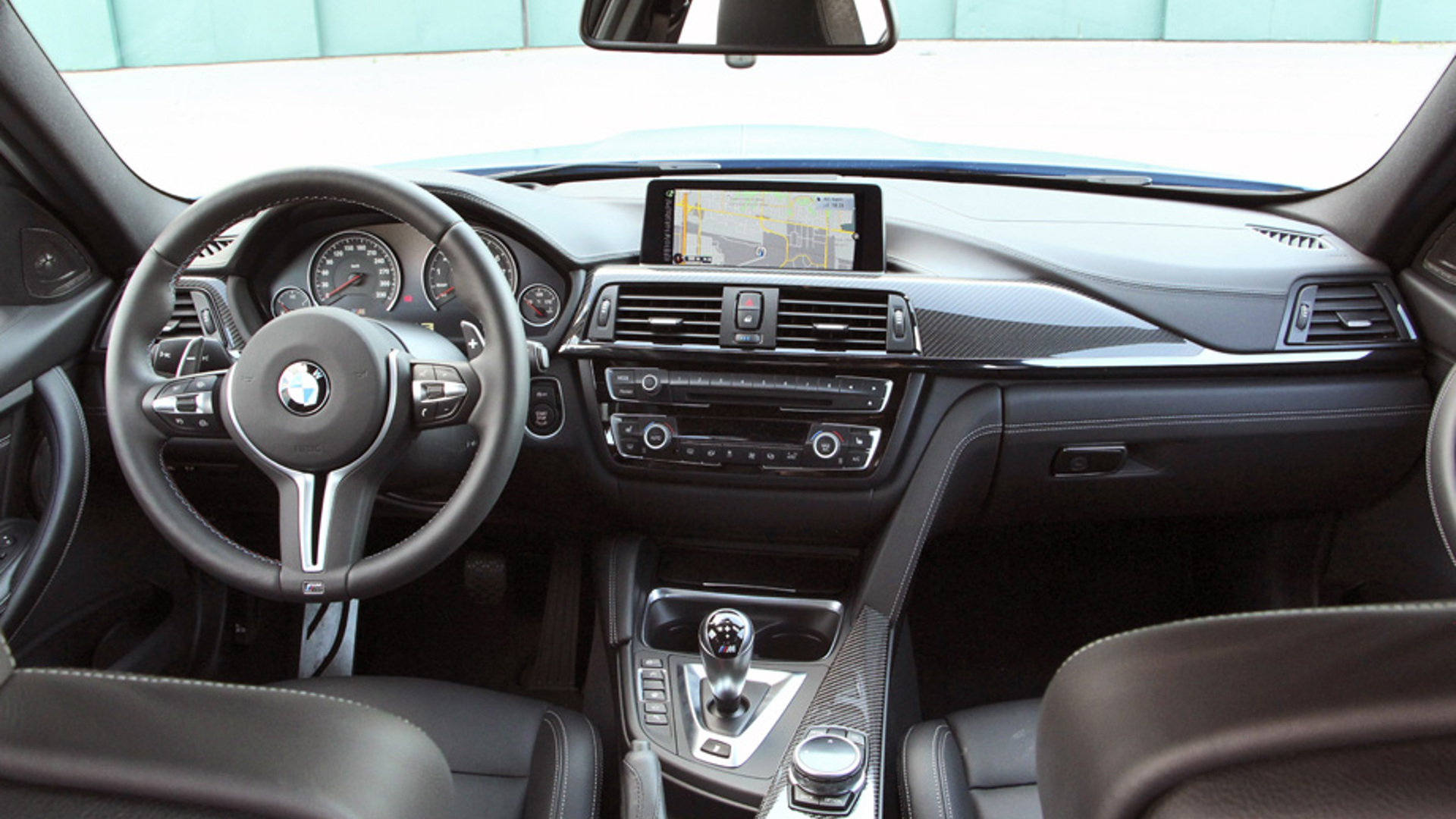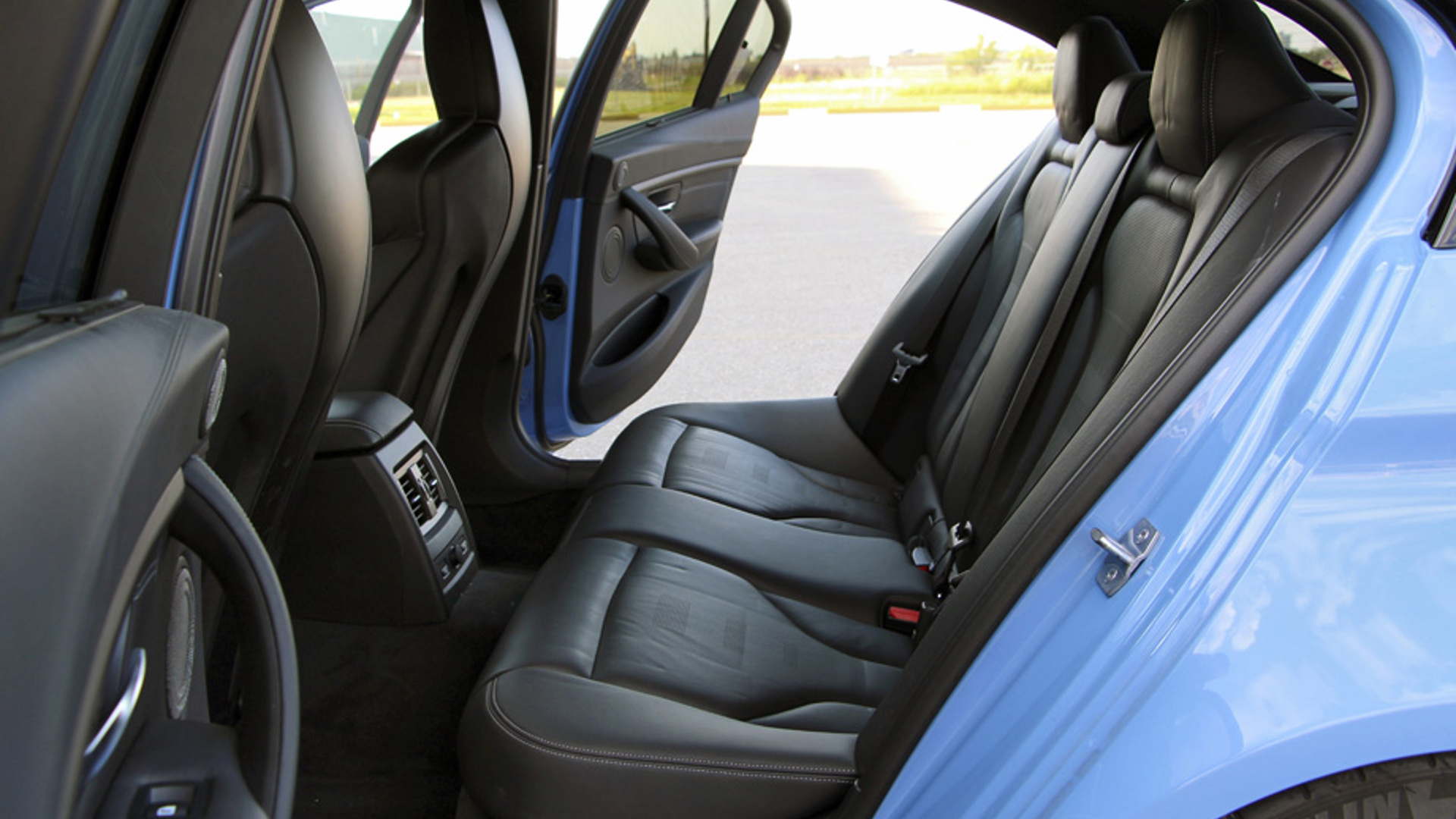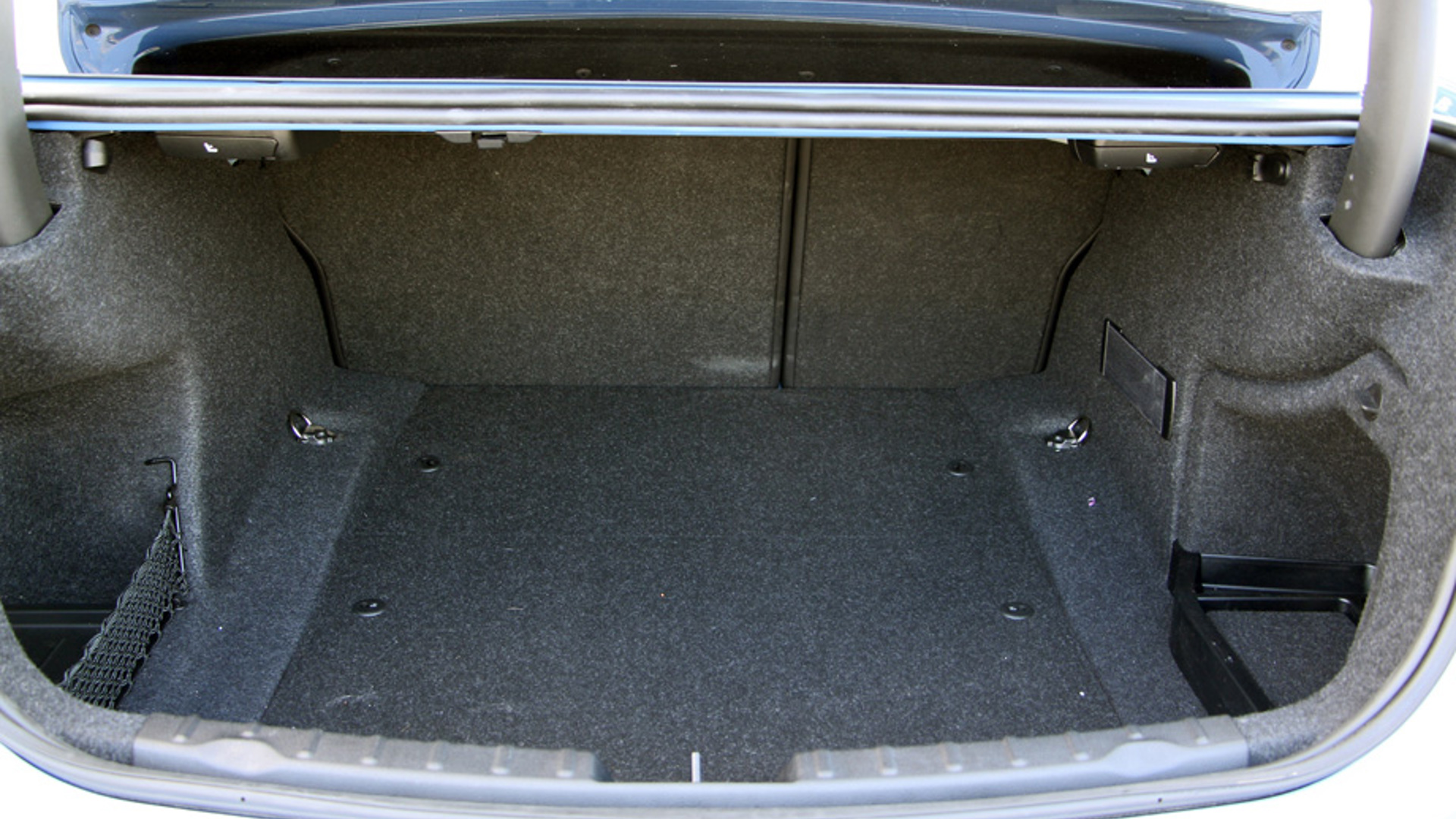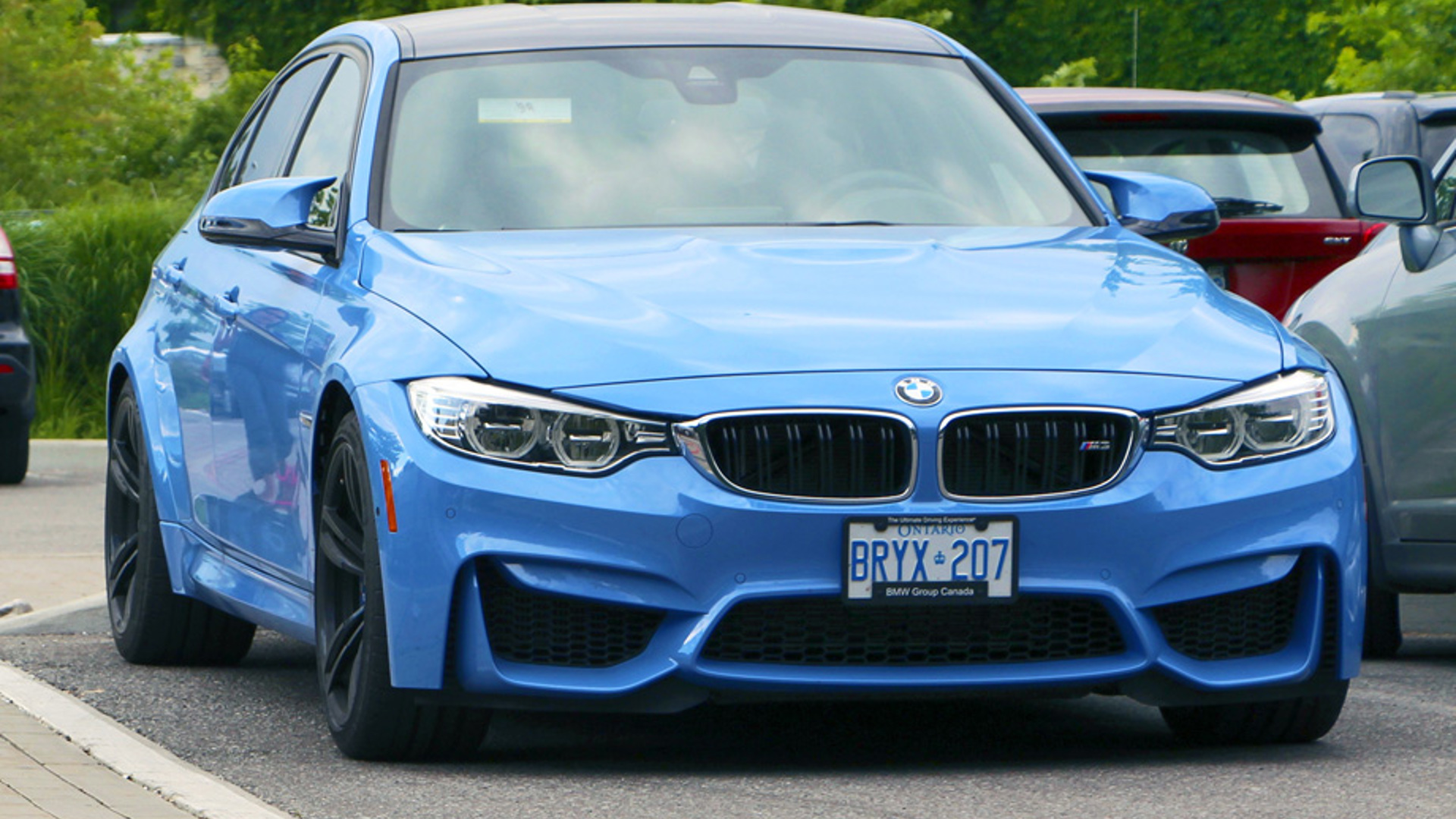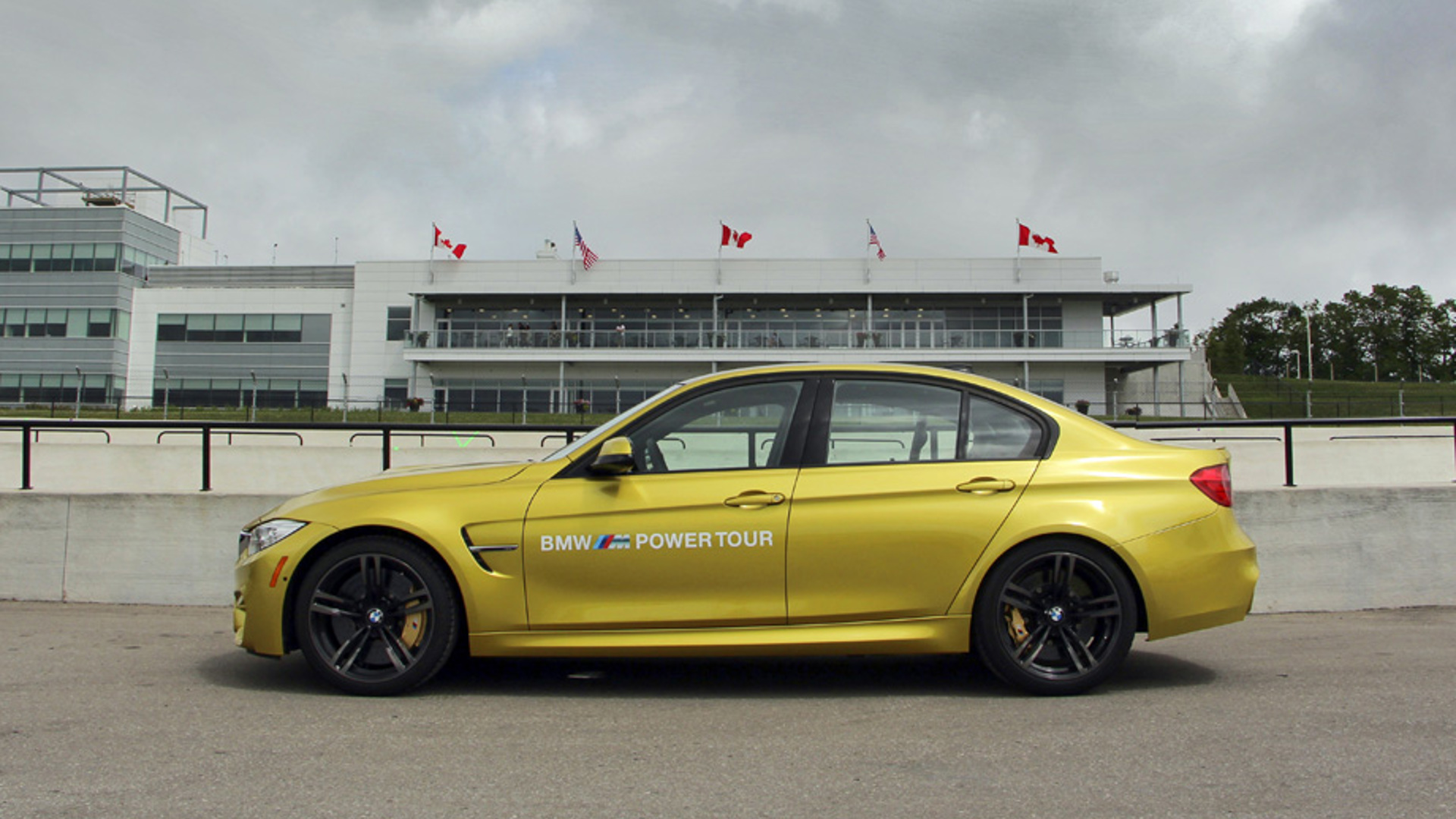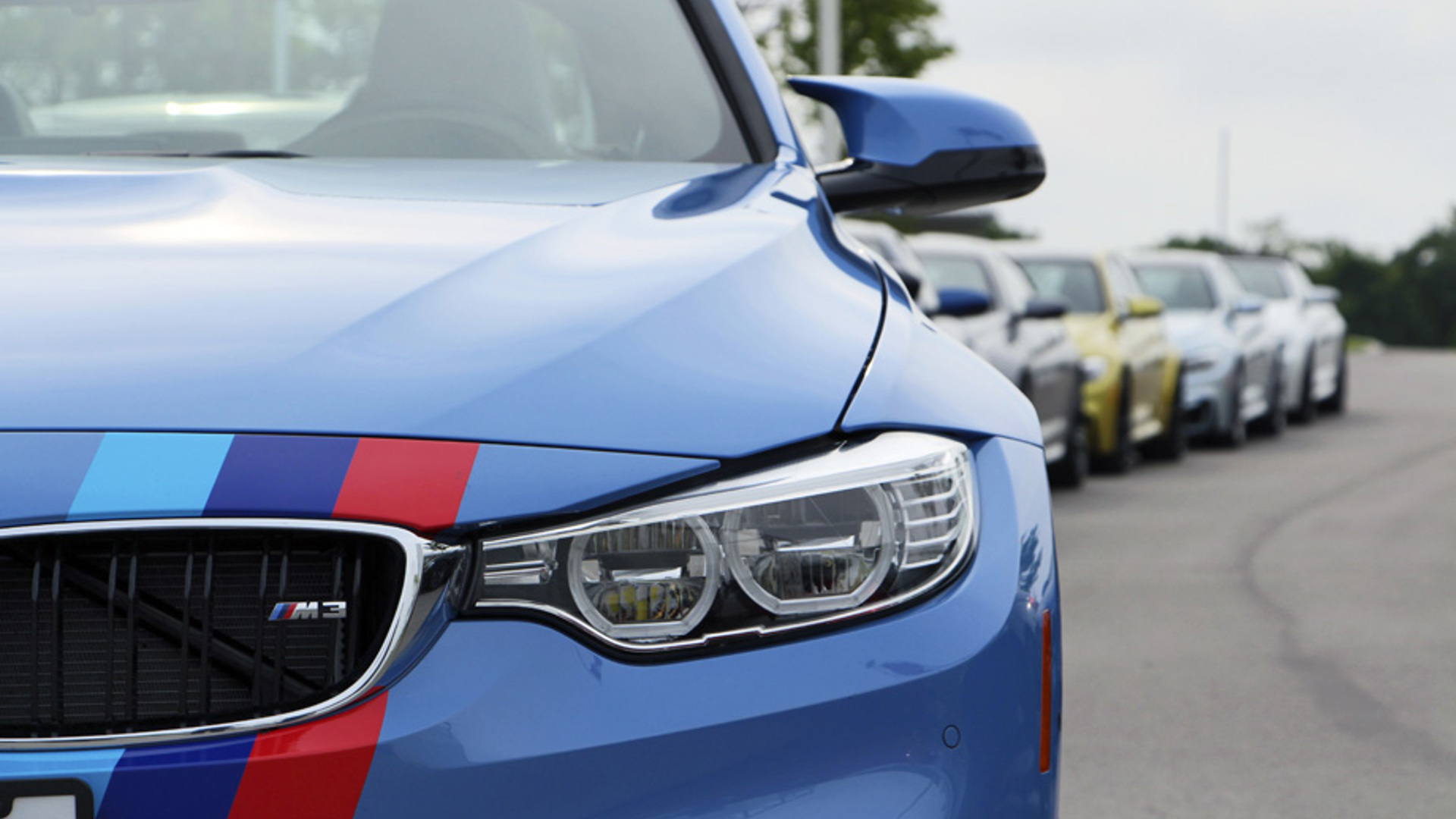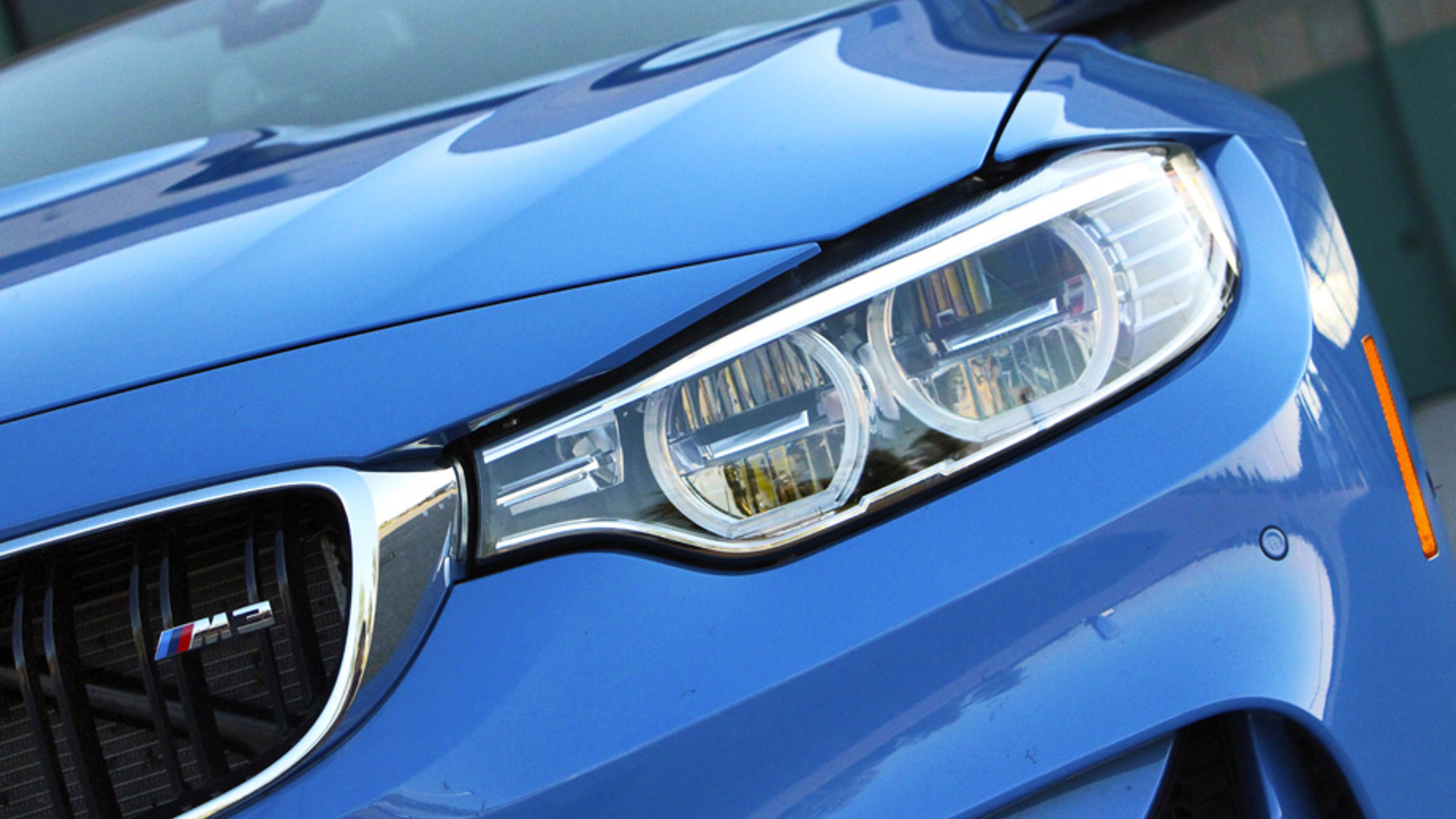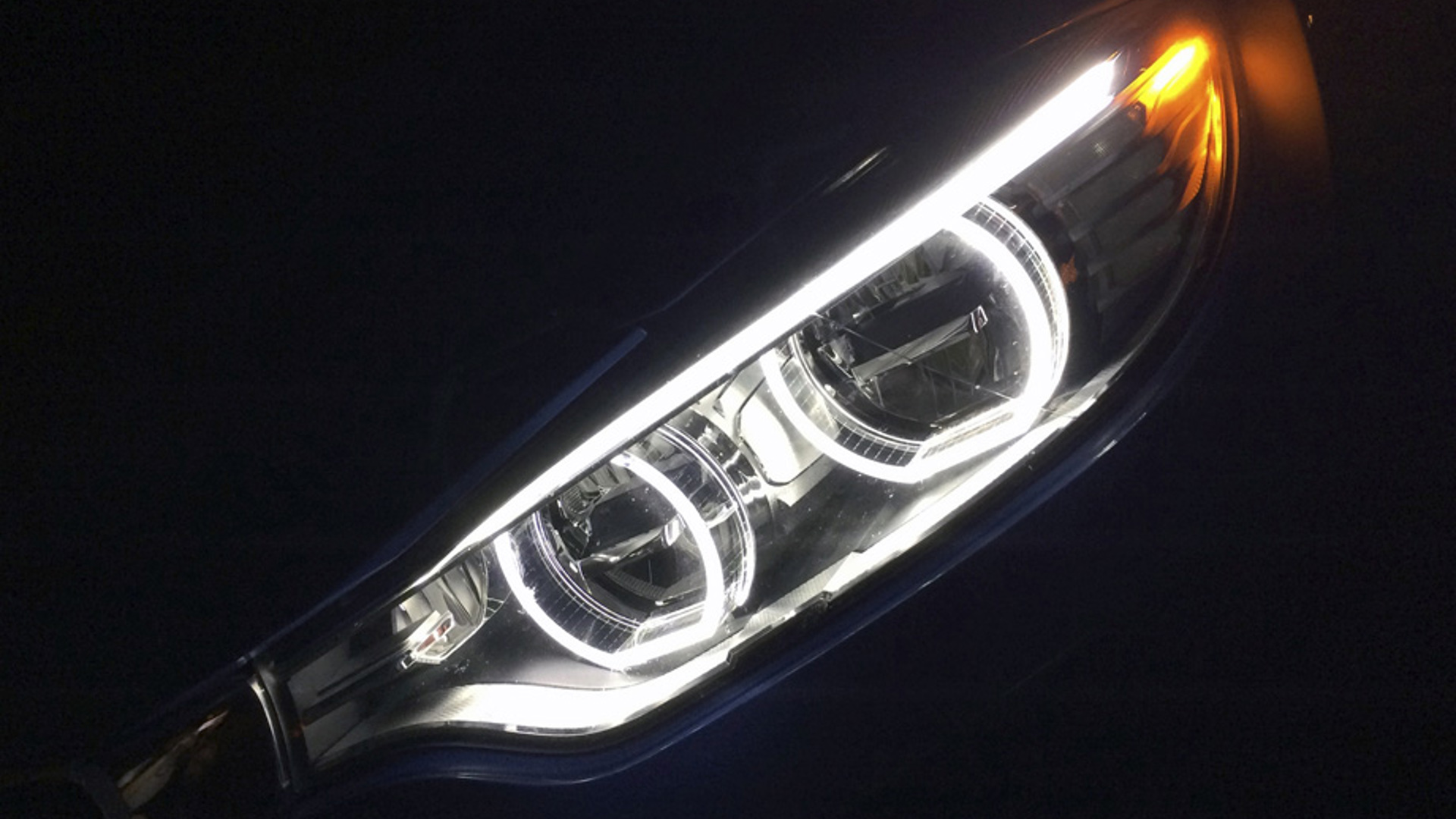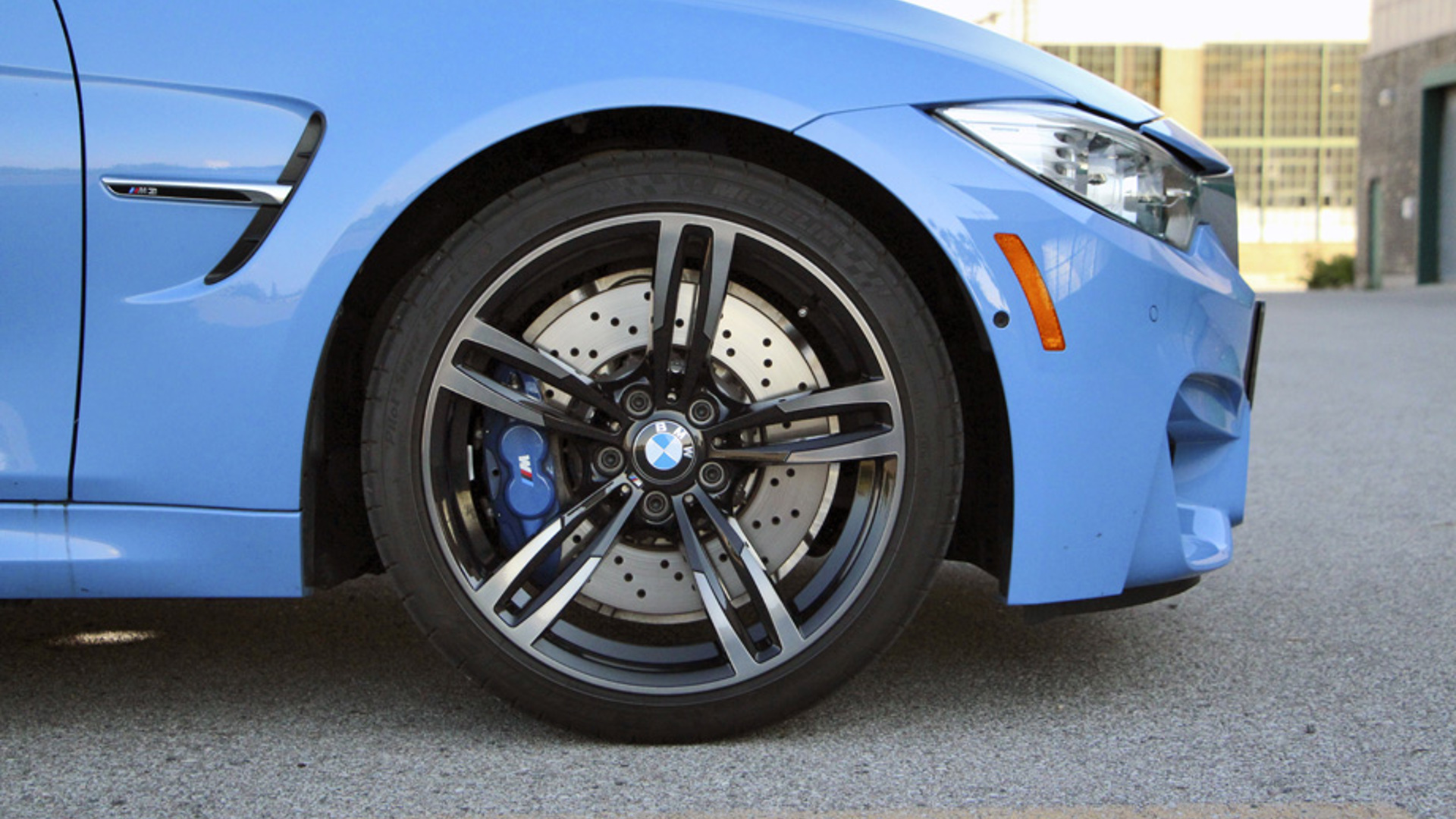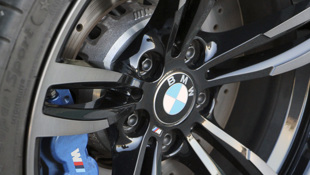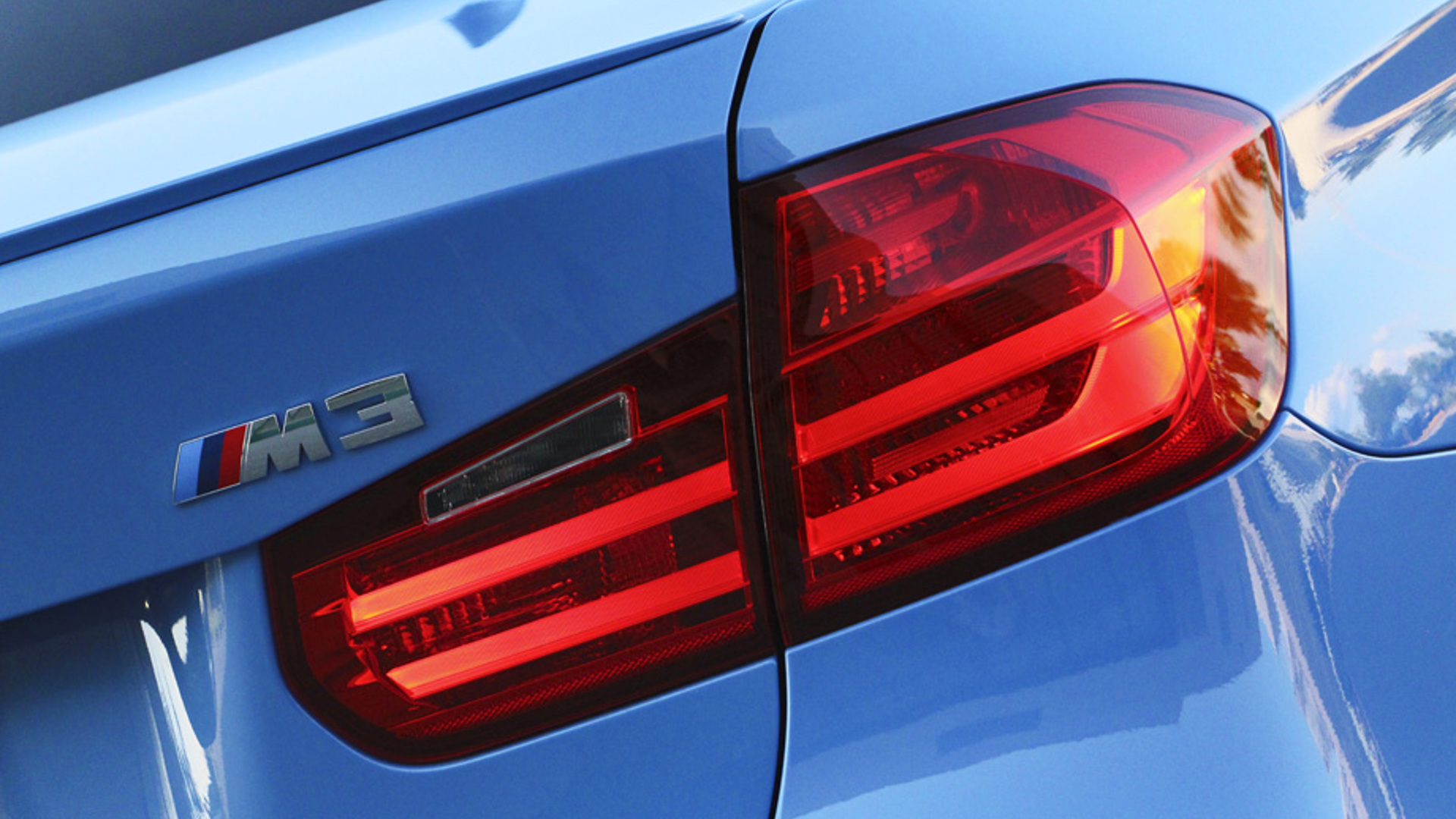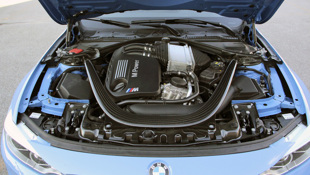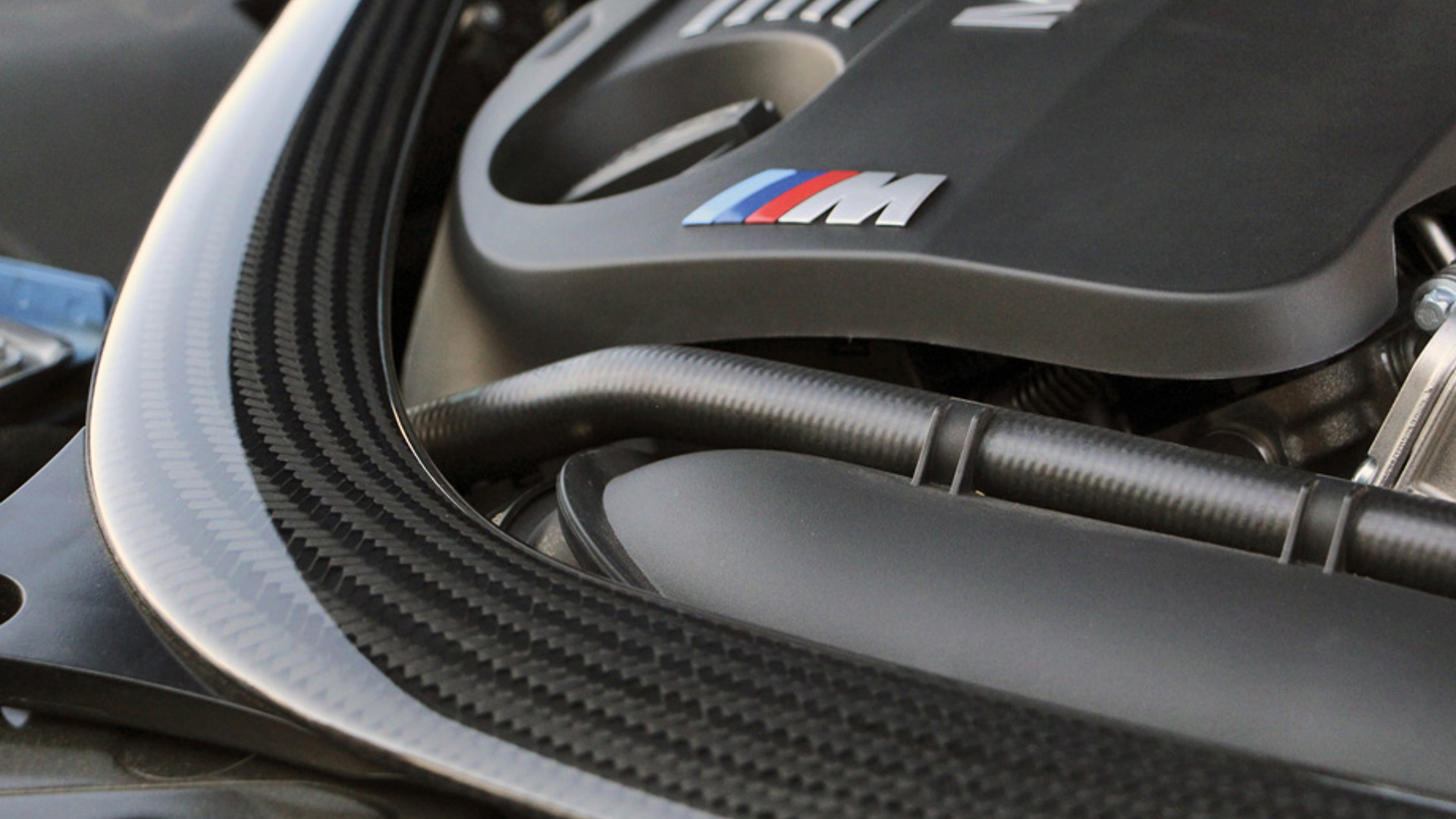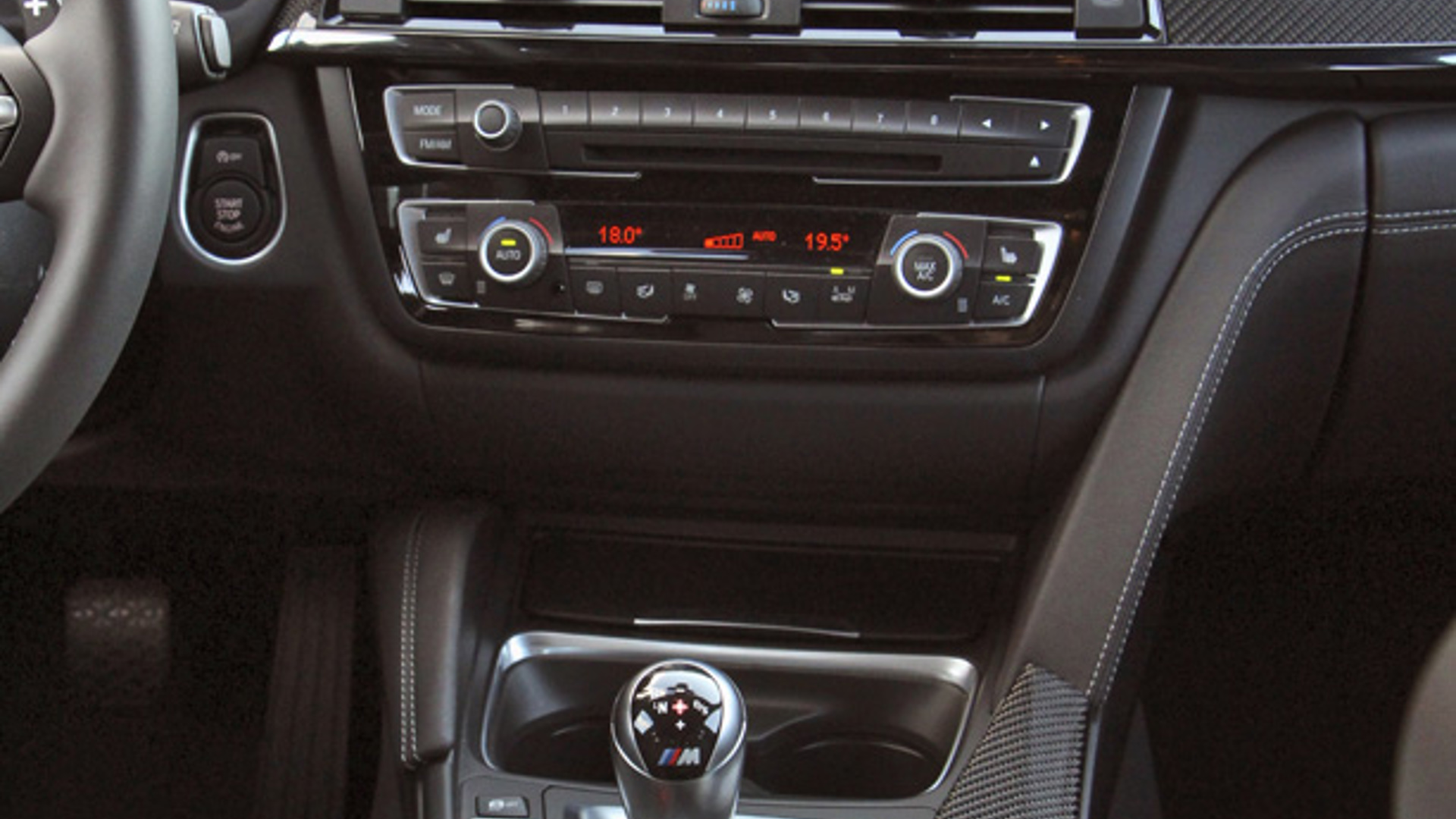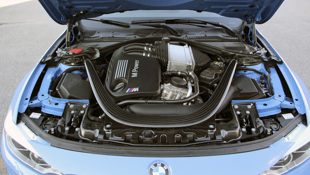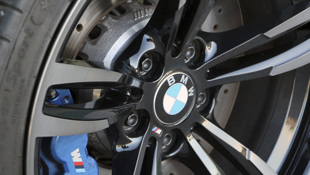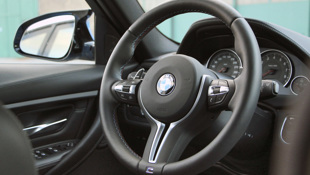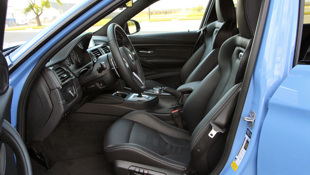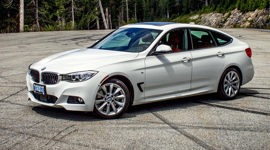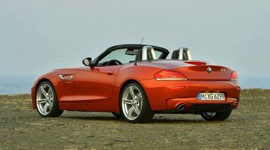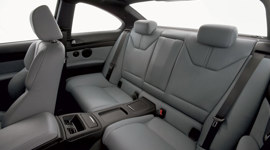Vehicle Type
Performance sedan
History/Description
BMW launched the latest iteration of its legendary M3 performance car in 2014 – for model year 2015 – with its first-ever turbocharged engine along with new styling, hardware, and a slew of the latest connectivity and safety features. As the highest-performing version of the BMW 3 Series, the M3 sought to put thrilling power and performance in the hands of enthusiast drivers.
Note that the M3 is built to be driven daily but features various far-reaching upgrades that position it squarely as a big-power toy for enthusiasts.
Those after the most comfortable and fuel-efficient 3 Series available should look elsewhere – though anyone after a rocket-propelled sedan that’s track-day ready and more than willing to handle the daily commute will do fine.
High-performance touches abound, from up-rated brakes to a powerful straight-six engine to enhanced aerodynamics. A suede-wrapped steering wheel, shift lights, and adaptive steering and suspension technologies were also on offer.
Feature content included powerful lighting, push-button start, a full driver computer, navigation, premium audio systems, automatic lights and climate control, and plenty more.
Note that the M3 refers to the sedan model, while coupe and convertible models are also available, although these models are dubbed M4 under this generation’s nomenclature.
Engines
The M3’s turbocharged straight six-cylinder makes 425 hp, tops the earlier M3’s V8 engine for torque, and achieves notably better fuel consumption in the process. Expect pleasing and immediate access to plenty of torque, and incredible forward momentum when the engine is worked hard.
Transmission choices included a six-speed manual or a seven-speed dual-clutch automatic with paddle shifters. All units are rear-wheel drive.
What Owners Like
Owners like the ability to kit their M3s out in any visual combination from mild to wild, using various combinations of colours, wheels, and accessories to generate unique appearances. Accordingly, it was possible to devise an M3 that looked as discreet or shouty as one cared for.
On most aspects of performance, owners were impressed, too. The latest M3 cabin should prove a worthy upgrade from earlier units.
What Owners Dislike
As it tends to go with high-performing vehicles like this one, common owner complaints tend to centre around the desire for easier fuel consumption and a more comfortable ride in some settings.
Pro Tip: Budget to Replace Everything
Approach any used M3 you’re considering assuming it’s in need of several thousand dollars worth of servicing and replacement to tires, brakes, the engine, and the clutch (if applicable).
Proceed assuming that the seller is trying to pass off an upcoming bill to you until you have proof to the contrary. Cars like this can be hard on their consumable parts when driven as intended. Maintenance of high-performing vehicles tends to be more intensive than more all-purpose vehicles, too.
Finally, note that replacement costs of brakes and tires will tend to be fairly high compared to a more mainstream model.
The Test Drive
How Reliable?
In this discussion, a small group of owners chimes in to explain how reliable their M3s have been over the years. The gist? Most owners report minor issues, if any at all. There’s some sense within the owner’s community that this generation M3 is one of the most reliable, with many owners citing regular maintenance and dealer servicing as all that’s required for trouble-free operation.
Still, shoppers are advised to remember that poor maintenance habits from past owners can adversely affect reliability and remaining warranty coverage.
Brake Squealing
On your test drive, quiet the vehicle’s cabin and listen closely for any signs of squealing or chirping from the area near the vehicle’s wheels. Sometimes a sound like this is a sign of worn-out brake system components, or a piece of road debris caught within. If you notice any unwanted sounds while cruising at a lower speed, or while slightly applying the brakes, having a BMW technician investigate before you buy could save you money in the long run.
iDrive Workout
The M3’s central command system is called iDrive, and works via a console-mounted control knob that controls the on-screen display. Give this system a solid workout, spending about five minutes going through all menus, functions, and controls. Any lagging, crashing, or freezing of the system is a sign to have it investigated further by a professional.
In some cases, a software update fixes niggling issues, and owners can reboot the system by holding down the volume knob for about 30 seconds. This tends to be the go-to solution to fix any issues you may encounter. If problems persist, you’ll want to have the system checked by a professional before you buy.
Engine and Turbocharger Health
Against total sales volumes, a miniscule number of owners have reported issues with the engines and turbochargers in their M3s. Though not worth much concern for the used car shopper, it’s important to note two ways you may be able to protect yourself.
First, note that long and healthy turbocharger life is largely a function of adhering strictly to the maintenance requirements set out in the M3’s owner’s manual. Change your oil as often as possible, using only factory-approved parts and oil.
Second, avoid buying a used model that’s ever been tuned to run more turbo boost, which makes the engine more powerful but can also cause problems up to and including engine failure in some scenarios. Note that the engine warranty does not cover damage or wear caused by the use of non-factory parts or software.
Third, shoppers are strongly advised to have a technician check the car over before they buy to be safe. A visual inspection for oil leaks and coolant system health may reveal rarely reported problems before they become serious, and a diagnostic scan of the engine computer can reveal stored trouble codes that can indicate engine trouble.
According to many in the owner’s community, second-hand buyers of a well-maintained M3 have little to worry about, though these checks can add additional peace of mind to your purchase.
Track Day
If you’ll use your new-to-you M3 regularly in a motorsports setting, this discussion might be useful.
Some owners report that the available dual-clutch transmission may overheat and engage the dreaded limp mode when driven on a circuit, meaning the manual transmission may be a better option. Some owners have applied aftermarket cooling solutions to keep the automatic from overheating on the track, though this may void any remaining warranty coverage on the driveline.
Some owners also advise avoiding the ceramic brake upgrade, which is likely to turn on minimal added benefit or performance in a street setting, despite the high up-front and replacement/servicing costs.
The Verdict
By and large, this generation M3 seems to have earned itself a happy owner’s community, most of whom report minimal issues as their vehicles age, provided maintenance is adhered to strictly. Problems listed above are among the worst case scenarios, and reported rarely.
Still, a full inspection by a dealer technician is advised for maximum peace of mind. With satisfactory results, you’re on your way to owning a solid, thrilling, and much-loved performance car icon.
Safety Ratings
NHTSA: 5/5 Stars
IIHS: Top Safety Pick (2015)
Here’s a list of recalls. Note that these apply to the 3 Series in general, not necessarily the M3. Ask your local dealer for more information about recalls.
